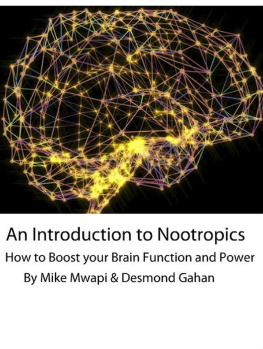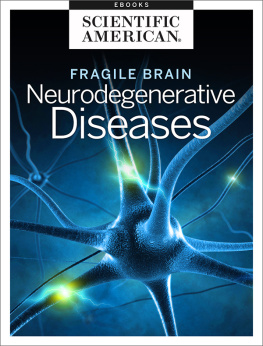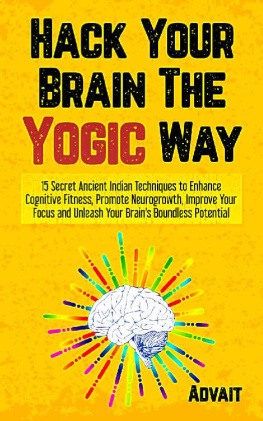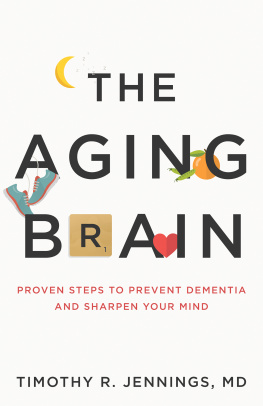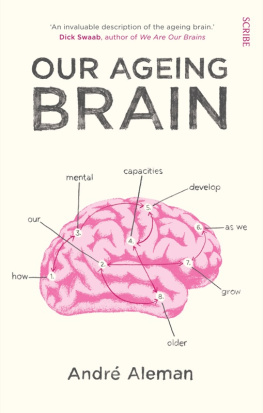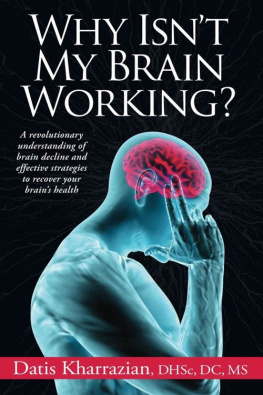Brain 2.0
Super-charge Your Brain with Mind-boosting
Nootropic Supplements and Drugs
By James Lee
James Lee 2013
For guest blog or publishing related questions
Please note that for legal reasons I am unable to give specific health-related advice by email. So please understand that I cannot reply to any emails of this nature.
Important Disclaimer
The information contained in this guide is general in nature and should not be interpreted as medical advice. This guide should never replace the care and knowledge of a trained professional.
Table of Contents
Introduction
One of the hottest areas of supplement research in recent times has been in the field of nootropics . Nootropics are a class of supplements and drugs which work, via different mechanisms, to improve various aspects of cognitive function such as speed of thought, memory and mood. Some of the early substances which emerged have now become relatively mainstream, including - gingko biloba, brahmi ( bacopa monnieri ) and even omega 3 fatty acid (fish oil) tablets.
Nootropic substances are not just confined to supplements - there are also quite a few drugs available which enhance brain function in various ways. In the recent Bradley Cooper movie Limitless , the protagonist gets access to an experimental new drug which gives him almost super-human cognitive functions. If you are hoping that such a drug exists, well unfortunately I will have to burst your bubble. However there are drugs which are quite similar, if not as dramatic in their effects. I will get to these later in this guide.
The purpose of this guide, as with my other guides (such as my guide to Curcumin ), is to distil all the information buried in research studies on PubMed (where scientific studies are published) and break the information down into key points which are easy to refer back to. This is particularly the case for nootropics as they are relatively new as a class, meaning a comparative lack of quality information on the topic. Due to the time lag involved, there are powerful supplements, such as racetams for example, that most people have never even heard of. Consequently, the section on racetams alone took quite a bit of work on my part to pull all the small bits of information together into a cohesive single reference point.
Also, I have been careful to stick to supplements and drugs with solid scientific backing as this guide is by no means meant to serve as a comprehensive reference for every possible nootropic out there. This is a hand-picked selection of what I believe to be the most effective nootropics.
Also, anyone familiar with neurology and pharmacology will have to forgive any gross oversimplifications. There are no shortage of tomes dedicated to the minutiae of pharmacology and the brain which are impossible to understand for those not formally trained. The goal of this guide is to successfully translate that information via simplified analogies and generalizations to enable others to understand what is often referred to as the most complex structure in the universe the human brain.
What exactly is a nootropic substance?
Nootropics are basically supplements and drugs which enhance brain function in some way. In general, a ll nootropics work by either increasing the supply of oxygen to the brain, the production or supply of the neurotransmitters or by stimulating neuroplastic brain growth. The father of nootropics, Dr. Corneliu E. Giurgea, said that, by definition, nootropics
1. Should enhance learning and memory
Should protect the brain from injury or damage
Should improve brain functioning
Should be relatively safe for the brain and be without serious side-effects
In terms of drugs, currently the most widely used nootropics are the various stimulants used to treat ADHD including methylphenidate and amphetamine. These drugs enhance cognitive function by improving concentration, reducing impulsive behaviour and improving planning skills.
Often, the difference between stimulants and other drugs used to treat diseases such as Parkinson's and Huntington's is vague. In general, all of these drugs work by different means to modulate levels of either dopamine or norepinephrine.
How do nootropics work?
Different nootropics work via different means. For example, gingko appears to work by increasing blood flow to the brain, with all the benefits that increased blood supply brings. However, most nootropics work to improve mental function by modulating key neurotransmitters including acetylcholine, dopamine, norepinephrine and glutamate. Of these, acetylcholine and dopamine are central to most processes that improve cognitive function.
What is acetylcholine?
Acetylcholine is your most abundant neurotransmitter, due mainly to the face that it is located not only in the central nervous system (your brain, essentially) by also can be found in the peripheral nervous system (the rest of your body). In the body, acetylcholine is required for muscle activation, including your vital breathing function. To demonstrate how important this neurotransmitter is, certain lethal nerve gases such as sarin (used recently in Syria on innocent women and children) work by impairing the action of acetylcholine. In the brain, acetylcholine works to modulate attention and arousal (meaning physiological, not sexual in this context).
What is dopamine?
Dopamine, along with norepinephrine and glutamate, is one of the brains key excitatory neurotransmitters. Dopamine is an interesting substance; being involved centrally in staying focused and motivated, along with being vital to the process of moving your body. The movement disorder Parkinsons, involves the death of dopamine producing neurons in the part of the brain responsible for movement. Put another way, evolution has made it so that dopamine moves you (both physically and mentally) towards goals that are beneficial for your survival.
The way that dopamine achieves this is by giving you a sensation of pleasure in anticipating something rewarding. That little burst of pleasure you feel in anticipation of a delicious meal or sexy time with a potential partner is due to dopamine.
As dopamine helps you focus on your goals, low levels of dopamine can lead to conditions such as ADD and ADHD, where a lack of dopamine (and norepinephrine) leads to an inability to concentrate on certain tasks. Drugs like methylphenidate help alleviate the symptoms of ADD by increasing levels of dopamine (and again norepinephrine to a lesser extent).
What is a nootropic stack ?
You will often see reference to a nootropic stack if you are researching particular nootropics. A stack is essentially a combination of various drugs or supplements which are stacked on each other for either synergistic (two supplements together provide special benefits not seen with either supplement alone) or potentiating (one supplement increases the potency of another supplement). To give an example, a common nootropic stack may be -
- Piracetam
- Omega 3 Fatty Acids
- Acetyl l-Carnitine (ALCAR)
- N-Acetylcysteine
- Huperzine-A
How you decide to stack your nootropics will be determined by your particular situation. Just because someone else claims miraculous effects from their particular stack, it doesnt mean the same will apply to you. One persons stack which gives them great focus and energy may make another person overly anxious, so you need to construct your stack carefully and thoughtfully.
Racetams
The granddaddy of all nootropics is a class of supplements called racetams. This is surprising in as much as the majority of people have never even heard of either racetams or the most popular single example - piracetam. Due to the fact that, of all the various nootropics, racetams have the least amount of available information, I will dedicate a larger proportion of this guide to racetams, compared with other nootropics.




